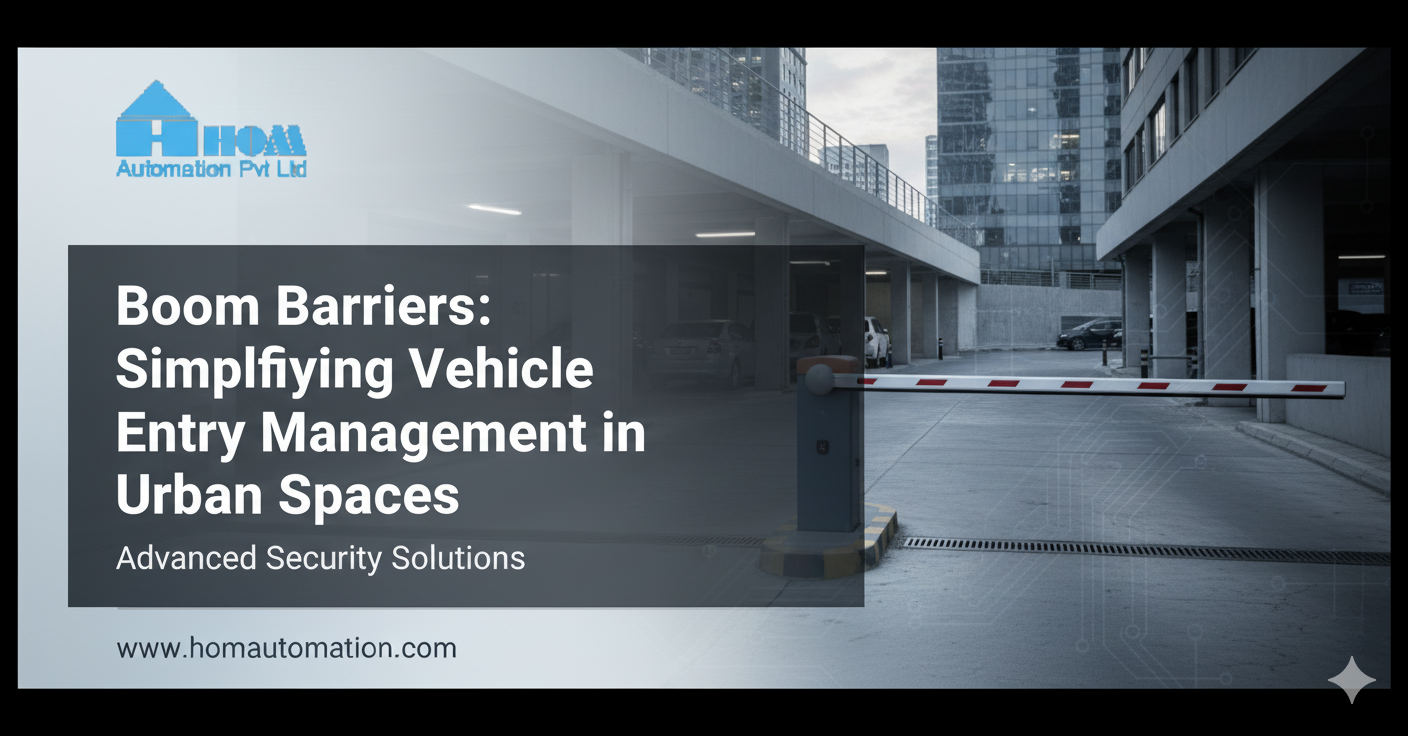Reuniting with family is one of the most fulfilling experiences in life, and Australia understands the importance of keeping loved ones close. For Australian citizens and permanent residents, the Parent Visa 103 offers a pathway to bring parents to live with them permanently.
This visa is a popular choice for families seeking long-term stability and togetherness. However, the application process can be lengthy and complex. Understanding the requirements, eligibility, and application tips can make a huge difference in achieving a successful outcome.
Let’s explore everything you need to know about the Parent Visa 103 and how to navigate the process confidently.
What Is the Parent Visa 103?
The Parent Visa 103 is a permanent visa that allows parents of Australian citizens, permanent residents, or eligible New Zealand citizens to migrate to Australia and live with their children indefinitely.
It is part of Australia’s Family Migration Program and focuses on family reunification. Holders of this visa can:
- Live in Australia permanently.
- Work and study in Australia.
- Enrol in Medicare (Australia’s public healthcare system).
- Sponsor eligible relatives to come to Australia.
- Apply for Australian citizenship (if eligible).
However, the visa comes with strict eligibility requirements and long processing times, often stretching several years due to limited annual quotas.
Who Can Apply for the Parent Visa 103?
To be eligible for the Parent Visa 103, applicants must meet specific criteria. Both the applicant (parent) and the sponsor (child) must satisfy the following requirements:
1. Sponsor Requirements
- The sponsor must be an Australian citizen, Australian permanent resident, or eligible New Zealand citizen.
- They must have lived lawfully in Australia for at least 2 years before sponsoring.
- The sponsor must be 18 years or older.
- They must be the biological, adopted, or stepchild of the applicant.
- The sponsor should agree to provide financial support and accommodation to the parent for their initial years in Australia.
2. Balance of Family Test
This is one of the most crucial requirements. To qualify, the applicant must pass the Balance of Family Test, which ensures a close family connection to Australia.
You meet this test if:
- At least half of your children live permanently in Australia, or
- More of your children live in Australia than in any other single country.
For instance, if you have four children and two live in Australia while one lives in Canada and another in India, you meet the balance test.
3. Assurance of Support (AoS)
Before a visa can be granted, the sponsor must provide an Assurance of Support, which is a legal commitment to support the parent financially for a set period, ensuring they do not rely on government welfare.
This typically covers 10 years, and a bond must be lodged with Services Australia as part of this undertaking.
4. Health and Character Requirements
Applicants and any family members included in the application must:
- Meet health requirements (undergo medical examinations).
- Meet character requirements (provide police clearance certificates).
Application Process for Parent Visa 103
Applying for the Parent Visa 103 is a multi-step process that requires patience, documentation, and precision. Here’s a simplified breakdown:
Step 1: Gather Documents
Start by collecting all necessary documents such as:
- Birth certificates (to prove relationship).
- Evidence of the sponsor’s Australian status.
- Financial documents (for Assurance of Support).
- Character and health documents.
It’s important to ensure all documents are in English or accompanied by a certified translation.
Step 2: Submit Your Application
The application must be submitted to the Department of Home Affairs either online or by paper. You can include your spouse or dependent children in your application if they also meet eligibility requirements.
Step 3: Pay the Visa Fee
The Parent Visa 103 involves a two-part payment process:
- The first installment is paid at the time of application.
- The second installment is paid when the department requests it, usually before visa grant.
Step 4: Wait for Processing
Processing times can be extensive due to high demand. The Department of Home Affairs currently estimates a waiting period of 12 to 30 years, depending on the number of places allocated each year under the parent migration program.
Applicants often consider temporary options (like Visitor Visas or Contributory Parent Visas) while waiting for their permanent visa outcome.
Step 5: Receive Your Visa Grant
Once approved, the visa allows you to live permanently in Australia. You’ll receive details about your visa conditions, including when to arrive and any obligations as a new permanent resident.
Common Mistakes to Avoid
The Parent Visa 103 process can be complicated, and small mistakes can delay or even jeopardize your application. Avoid these common pitfalls:
- Not meeting the Balance of Family Test – This is non-negotiable; failing it means automatic ineligibility.
- Incorrect documentation – Missing or incomplete paperwork can cause delays.
- Ignoring AoS requirements – Many applications stall because the sponsor fails to provide a valid Assurance of Support.
- Unrealistic expectations about waiting time – This visa takes many years to process, so planning ahead is essential.
- Not seeking expert advice – Immigration rules are complex and change regularly. Professional guidance ensures you’re on the right track.
Tips for a Successful Parent Visa 103 Application
Here are a few strategies to make your application smoother and more efficient:
✅ Start Early: Begin gathering documents well before applying to avoid last-minute stress.
✅ Stay Updated: Immigration policies change often — regularly check updates from the Department of Home Affairs.
✅ Prepare for the Wait: Consider temporary visa options if you want to visit family during processing.
✅ Ensure Financial Readiness: The Assurance of Support bond and living costs can be significant.
✅ Consult a Migration Expert: A professional can ensure your paperwork is accurate, complete, and compliant with current laws.
Conclusion
The Parent Visa 103 is a valuable opportunity for families to reunite permanently in Australia. While the process can be long and demanding, careful preparation, documentation, and understanding of requirements can make your journey much smoother.
If you want expert guidance through the visa process — from understanding eligibility to preparing your documents — Edunest Consultant can help ensure your application is handled efficiently and in compliance with Australian immigration standards.





